Description
- Origin: Dashiki originated among the Yoruba people of Nigeria and was traditionally worn by men as a loose-fitting shirt with wide sleeves. Danshiki, on the other hand, originated among the Hausa people of Nigeria and is characterized by its elaborate embroidery and embellishments.
- Style: Dashiki typically features a V-shaped collar and is made from colorful and patterned fabrics, often with intricate embroidery along the neckline, sleeves, and hem. It is usually worn as a loose-fitting garment, sometimes with a matching pair of trousers. Danshiki is more ornate and heavily embellished, with intricate embroidery covering the entire garment, including the front, back, and sleeves. It is often worn as a formal or ceremonial attire.
- Usage: Dashiki is commonly worn as casual attire for everyday wear or for special occasions such as festivals, parties, or cultural events. It is also popular in African-American communities as a symbol of African heritage and pride. Danshiki, on the other hand, is typically reserved for more formal or ceremonial occasions, such as weddings, religious ceremonies, or important cultural events.




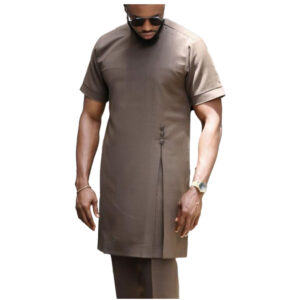
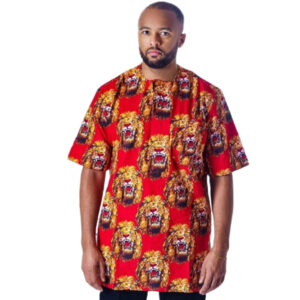
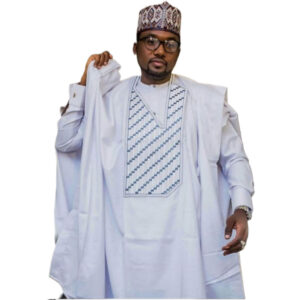
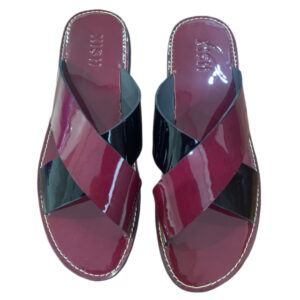
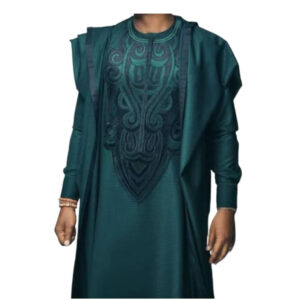
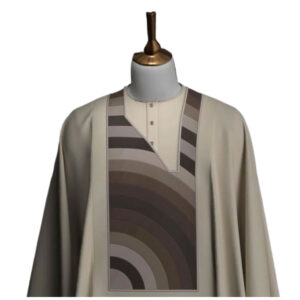
Reviews
There are no reviews yet.